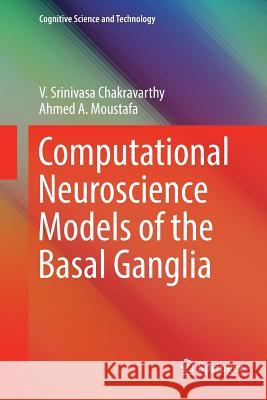Computational Neuroscience Models of the Basal Ganglia » książka
topmenu
Computational Neuroscience Models of the Basal Ganglia
ISBN-13: 9789811341687 / Angielski / Miękka / 2018 / 296 str.
Kategorie BISAC:
Wydawca:
Springer
Seria wydawnicza:
Język:
Angielski
ISBN-13:
9789811341687
Rok wydania:
2018
Wydanie:
Softcover Repri
Ilość stron:
296
Waga:
0.44 kg
Wymiary:
23.39 x 15.6 x 1.65
Oprawa:
Miękka
Wolumenów:
01
Dodatkowe informacje:
Wydanie ilustrowane











